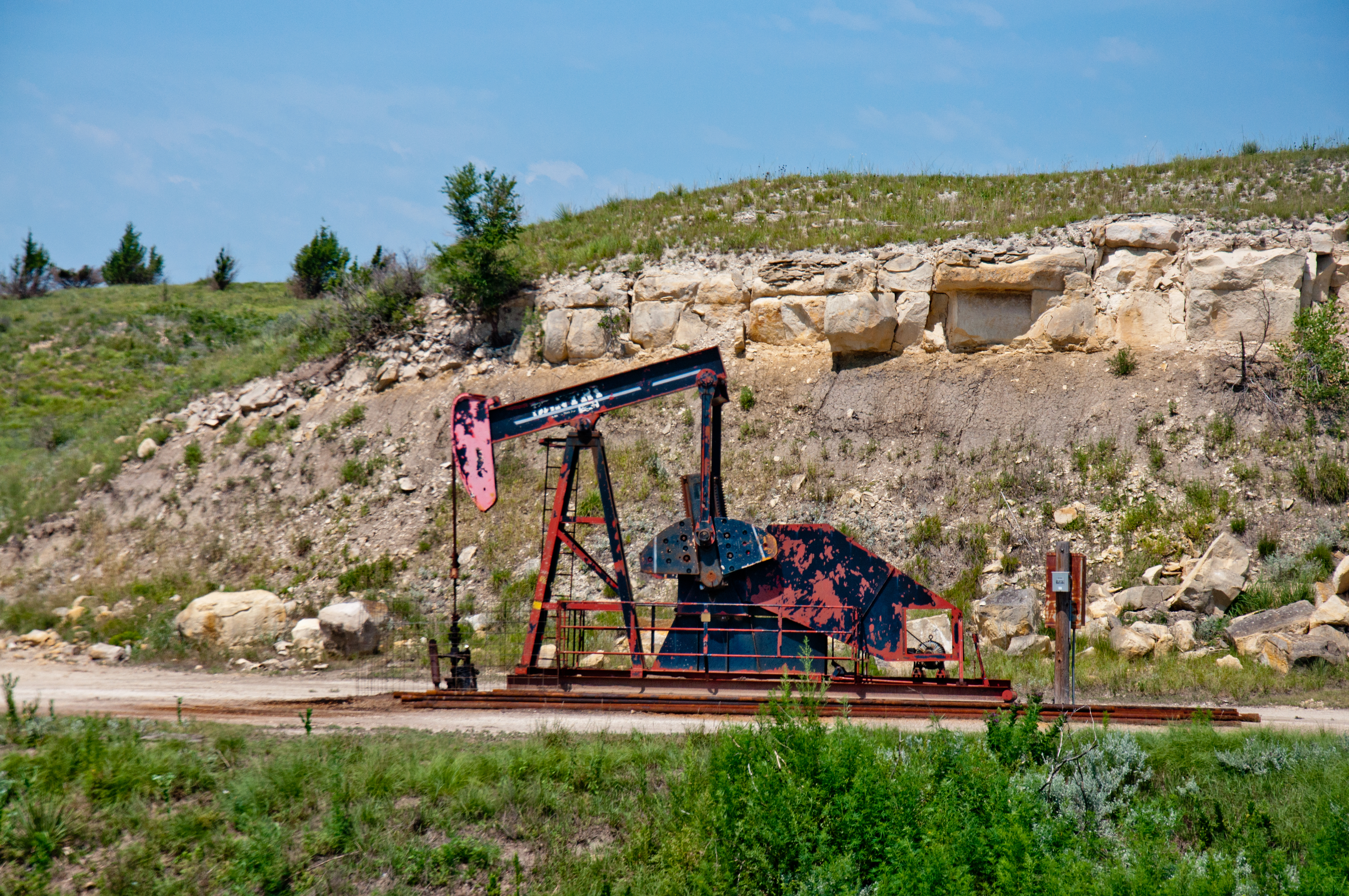By JOHN P. TRETBAR
Authorities approved 34 new drilling permits across Kansas last week, 725 so far this year. There are 15 permits for drilling at new locations east of Wichita, and 19 in Western Kansas, including two in Butler County, and one each in Ellis, Russell and Stafford counties.
Independent Oil & Gas Service reports just five new well-completions across Kansas, one of those was in Ellis County. Operators have completed 998 wells across the state so far this year.
Baker Hughes reported a big drop in its weekly Rotary Rig Count Friday. Across the U.S. there are just 868 active drilling rigs, down 14 oil rigs and down five seeking natural gas. The count in Oklahoma was down ten rigs, and Texas was down seven.
There was a slight increase in the drilling rig count in Kansas. Independent Oil & Gas Service reports nine active rigs in the eastern half of the state, up one, and 28 west of Wichita, also up one.
New numbers from the Kansas Geological Survey confirm federal reports of an ongoing decline in crude-oil production in Kansas, despite a spike in national production totals. The latest state numbers show Kansas operators pumped a total of 13.77 million barrels of crude oil statewide through May of this year, down about a million barrels from a year ago. An earlier, federal report placed the total slightly higher at 13.9 million barrels through May. KGS said Barton County production was down 5% from the same figure last year, at just over 4,500 barrels per day. May production in Ellis County increased over the month before, but total production through May was down 4.7% from a year ago, at 1.04 million barrels. In Russell County operators produced more than 4,100 barrels per day, and Stafford County production topped 2,800 barrels per day through the first five months of the year.
Nationally, crude production continues at record pace. EIA reported the second-largest weekly U.S. crude-production total ever, just 77,000 barrels per day less than the record 12.5 million barrels per day produced three weeks earlier.
The government said commercial crude-oil inventories were up more than a million barrels for the week, but remained about two percent below the five-year seasonal average at 417.1 million barrels.
For the first time in over a year, U.S. oil-by-rail traffic declined last week, amid a five percent drop in all freight train traffic. The Association of American Railroads reported 11,692 train cars hauling petroleum and petroleum products during the week ended September 14. That’s a drop of more than twelve percent compared to the same week a year ago. The year-to-date cumulative total remains nearly eighteen percent over the total by this time last year. Oil-by-rail has shown growth in AAR’s weekly reports for about two years, when the spike in U.S. production outpaced our pipeline capacity.
North Dakota regulators reported record-high production of crude oil and natural gas in July. The Department of Mineral Resources reported total crude production of 44.7 million barrels, or more than 1.44 million barrels per day. DMR reported 15,943 active wells across North Dakota, which is also an all-time high.

